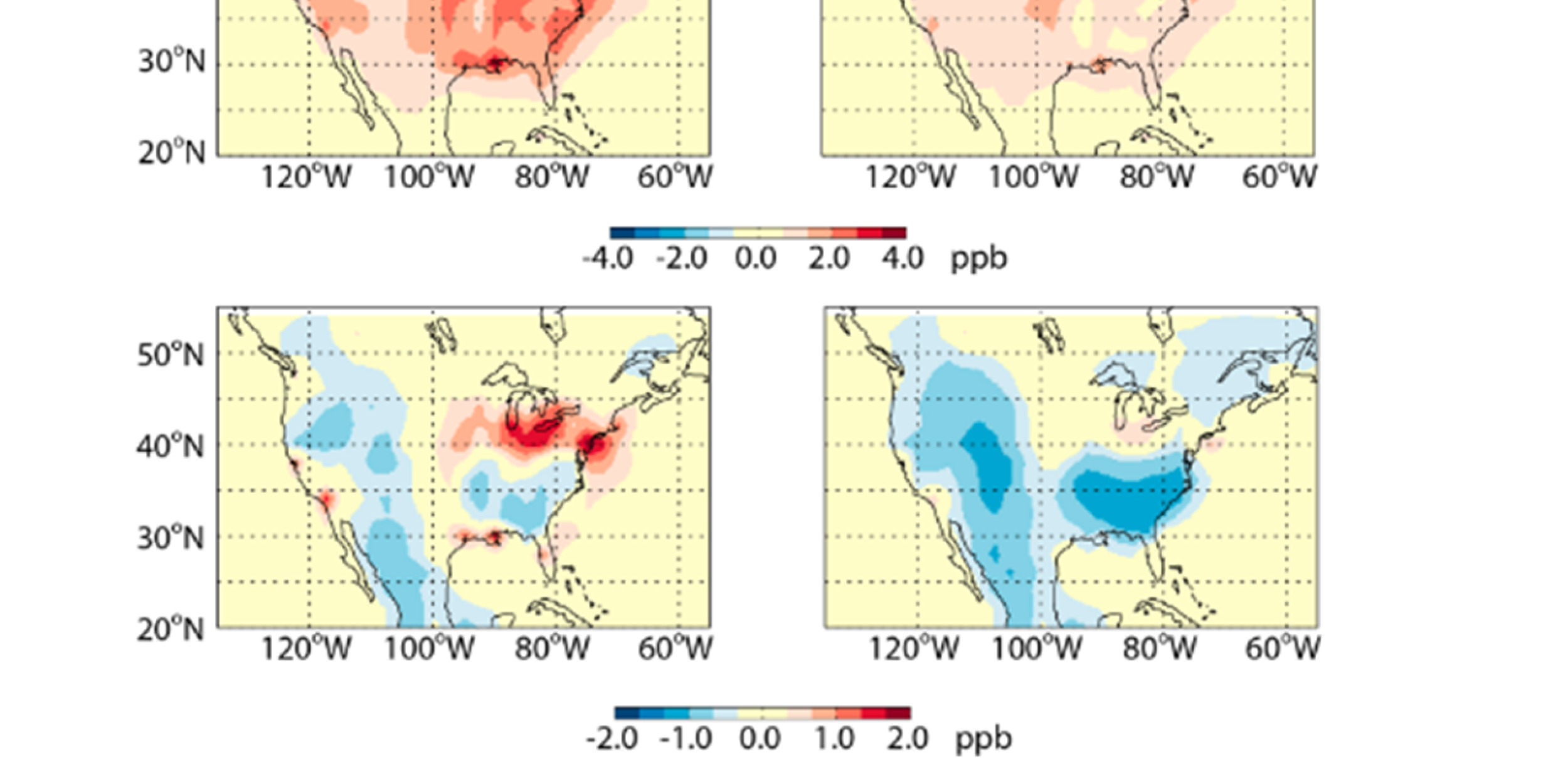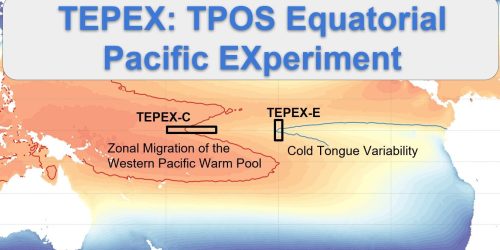 A recent study by Jingqiu Mao of NOAA’s Geophysical Fluid Dynamics Laboratory and his colleagues published in the Journal of Geophysical Research focused on the complex relationships that control chemistry and atmospheric transport of isoprene and related compounds. Isoprene is the most important volatile organic compound (after methane) emitted by vegetation. It affects tropospheric ozone (aka surface ozone pollution), hydroxyl radical (the key pollution “cleaning” agent in the atmosphere) and aerosols in complex ways.
A recent study by Jingqiu Mao of NOAA’s Geophysical Fluid Dynamics Laboratory and his colleagues published in the Journal of Geophysical Research focused on the complex relationships that control chemistry and atmospheric transport of isoprene and related compounds. Isoprene is the most important volatile organic compound (after methane) emitted by vegetation. It affects tropospheric ozone (aka surface ozone pollution), hydroxyl radical (the key pollution “cleaning” agent in the atmosphere) and aerosols in complex ways.
The study, supported by the Climate Program Office’s Earth Systems Science/Atmospheric Chemistry, Carbon Cycle, & Climate (AC4) program, used observations from a NASA-NOAA field campaign ICARTT in 2004 and GEOS-Chem global Chemical Transport Model (CTM). Both the field data and GEOS-Chem chemistry has been extensively studied before, yet in this article the authors find contrary results to previously established negative dependence of surface ozone on isoprene emissions. The missing link so far is the importance of organic nitrates which can provide a reservoir for nitrogen oxides (NOx) emissions and can thus export NOx from U.S. boundary layer.
The authors propose a thoroughly revised mechanism for isoprene chemistry, which not only allows for a more accurate model simulation, but fundamentally improves our understanding of atmospheric chemistry. With hundreds of scientists world-wide using GEOS-Chem model alone and tropospheric ozone being central to studies of the atmosphere, this study will have important implications for the field of atmospheric chemistry.
To download a copy of the full study, visit: http://onlinelibrary.wiley.
AC4 funds research that proposes revised mechanism for isoprene chemistry











